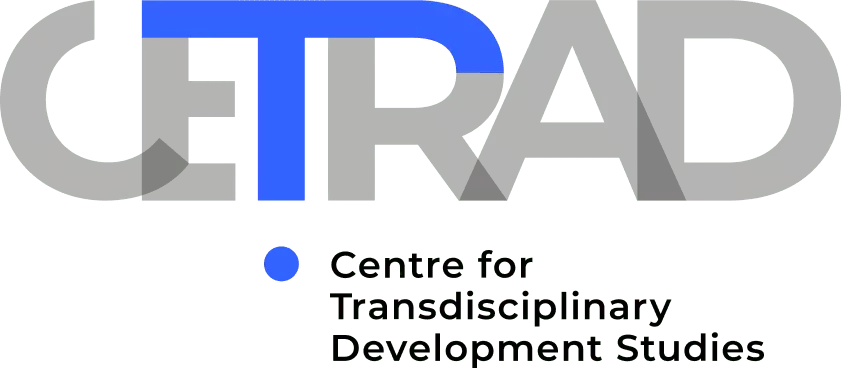Project Coordinator:
_______________
Project Typology:
NORTE 2020
Responsible Researcher at the CETRAD:
Eduardo Cândido Cordeiro Gonçalves
CETRAD Researchers in the team:
Ricardo Guerra, Aurélio Oliveira, Carlos Brochado de Almeida, João Pedro
Mendonça, José Luís Reis.
Funding:
86 000€
CETRAD/UTAD Funding:
_______________
Starting Date:
01-01-2017
Duration:
24 months
The Aldeias Vinhateiras project was born in 2001 and was part of the Integrated Action of Territorial Base of the Douro (NUT III), North of Portugal (NUT II), which was co-financed by FEDER, covering a series of Douro villages (Barcos, Favaios, Provesende, Salzedas, Ucanha and Trevões) which fall within the municipalities of Alijó, Sabrosa, São João da Pesqueira, Tabuaço and Tarouca.
Within a multifaceted action, the desideratum of the project initially focused on the “requalification, revitalisation, consolidation and territorial and institutional cohesion” of those villages with the designation “Wine-growing Villages” Programme (Cristóvão, 2011). The aim was therefore to leverage a dynamic of “regeneration and enhancement” of the Wine-growing Villages combining socio-economic revitalisation with population settlement and the promotion of tourism in the Douro (Cristóvão, 2011). The programme began with urban requalification and extended to socioeconomic dynamisation and tourism animation, having involved the intervention of the Regional Coordination Commission of the North (CCDRN) together with the five municipalities involved, as well as the Association for the Development of Tourism in the North Region (ADTURN) and the then Portuguese Institute of Architectural Heritage (IPPAR), with the municipalities as “promoting entities” (Cristóvão, 2003). These “territorially based integrated actions” stem from a new vision of “territorialised policies and interventions” (Ramos, 2002), focused on a reading of the territory to be considered as a whole, in order to achieve “synergies between sectors”, encompassing the social, cultural, economic and environmental dimensions.
See more information at: https://www.redalyc.org/journal/881/88165994013/html/
